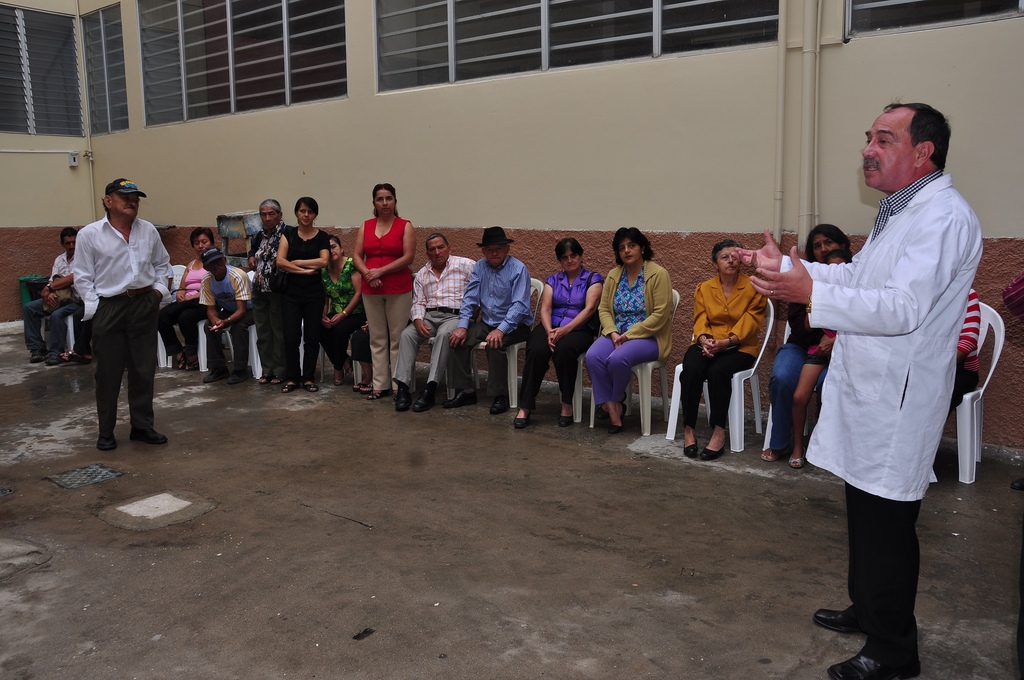
Glossary – Osteoporosis
Bisphosphonates: A category of drugs, which is used to treat the osteoporosis. These drugs are known to inhibit the resorption of bone.
Bone – A hard living tissue composed of collagen proteins and calcium. Bone provides structural support to the body.
Bone density: The thickness of bones with respect to calcium and minerals in the bones.
Bone mass: The thickness of bone with respect to the amount of bone tissue present in the bone.
Bone mineral density (BMD) test: A test, which is performed on skeleton to diagnose osteoporosis. This test can detect the loss of bones in early stages of osteoporosis.
Calcitonin: It is a form of Vitamin D and it is a natural hormone secreted by the thyroid gland, which can be used to increase the bone density.
Calcium: A mineral found in milk products and many other food items. Calcium is responsible for good health of bones.
Cancellous bone: The inner spongy structure of bones made up of bone marrow and red blood cells.
Cartilage: A soft and slippery tissue made up of protein substance that covers the ends of bones to keep the bones flexible and bear shocks.
Compression fracture: A spine injury in which the vertebrates in the front part of the spine collapse.
Estrogen: A female sex hormone, responsible for the development of female sex organs including breasts.
Hormone: A chemical secreted from the cells of body, which affects body by affecting other cells of the body. There are many different hormones present in body.
Hormone replacement therapy (HRT): A treatment to cure osteoporosis in women by providing them estrogen, which is lost during menopause.
Kyphotic curve: A physical condition of spine in which spine curves and forms a hunch, also called humpback. It occurs in advanced stage of osteoporosis when vertebrate collapse.
Kyphoplasty:A treatment to cure compression fractures of spine caused due to osteoporosis with the help of a catheter and “balloon”.
Osteoblast: A cell, which forms the bone.
Osteoclast: A cell, which breaks the bone.
Osteocyte: A cell used to maintain bone.
Osteoporosis: A disease of bone in which the bone mass density reduces and bones become fragile and prone to fractures.
Primary Osteoporosis: A type of osteoporosis, which is caused due to normal aging and due to loss of bone density.
Raloxifene: A medicine belonging to a class of drugs called Selective Estrogen Receptor Modulators (SERMs). It is used to treat osteoporosis by preventing the loss of bone.
Resorption: The removal and assimilation of bone through process of osteoclast.
SERMs: The full form of SERM is Selective Estrogen Receptor Modulator. This is a type of drugs that are used in prevention of osteoporosis. It mimics like estrogen in body in some tissues and block estrogen in other tissues selectively.
Secondary Osteoporosis: A type of osteoporosis, which is mainly caused due to diseases and medications.
Vertebrae: A bone among 33 bones constituting spinal column.
Vertebroplasty: A new treatment to cure spinal fracture with the use of bone cement.








